Uncategorized
-
 Health & Medicine
Health & MedicinePutting the big chill on cryotherapy
Evidence is lacking for whole-body cryotherapy as a treatment for muscle soreness.
By Meghan Rosen -
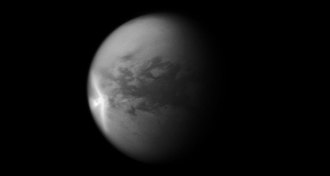 Planetary Science
Planetary ScienceMighty winds fuel megastorms on Titan
Saturn’s moon Titan might produce long-lasting storms squalls that flood the surface with liquid methane.
-
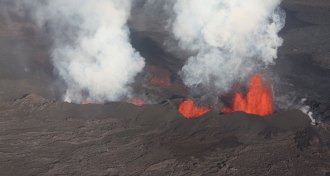 Earth
EarthEarth’s water originated close to home, lava analysis suggests
Scarcity of a hydrogen isotope called deuterium in molten rock from Earth’s depths suggests that the planet’s H2O originated from water-logged dust during formation, not comets.
-
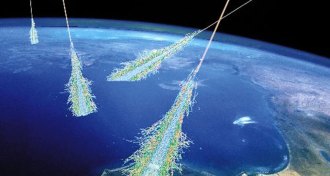 Astronomy
AstronomyCosmic rays maintain their mystery
Cosmic rays come from all over the universe, including some places we’re not so sure about.
-
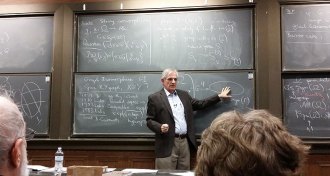 Computing
ComputingNew algorithm cracks graph problem
A new algorithm efficiently solves the graph isomorphism problem, which has puzzled computer scientists for decades.
By Andrew Grant -
 Health & Medicine
Health & MedicineSigns of cardiac disease start early in obese children
Worrisome changes to the heart that are associated with obesity can appear in childhood, a new MRI study shows.
By Laura Beil -
 Health & Medicine
Health & MedicineBlood-brain barrier jiggled loose to deliver medicine
Using ultrasounds, doctors attempted to slip a chemotherapy drug into a woman’s brain through the blood-brain barrier.
-
 Health & Medicine
Health & MedicineCardiac risks rise for linemen during football season
Linemen on a football team face raised cardiac risk over the course of a season, a study of college players shows.
By Laura Beil -
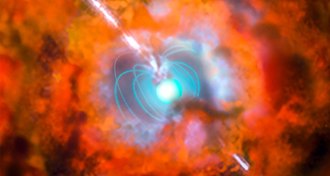 Astronomy
AstronomyEarly stars found swirling in the Milky Way center
Ancient stars with low iron abundance surround the Milky Way’s center.
-
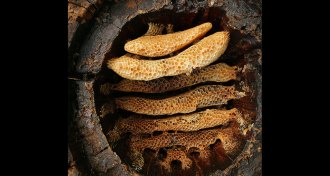 Archaeology
ArchaeologyHoneybees sweetened early farmers’ lives
Residue on pottery pegs ancient farmers as devotees of honeybee products.
By Bruce Bower -
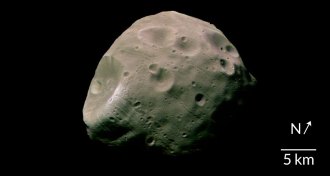 Planetary Science
Planetary SciencePhobos starting to crack under pressure
Grooves that wrap around Phobos show that the Martian moon is starting to crack from stress.
-
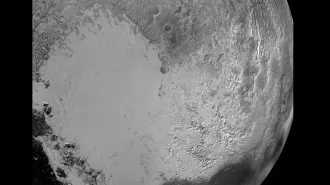 Planetary Science
Planetary ScienceImpact from a space rock may have helped shape Pluto’s heart
Pluto’s heart is deep basin, possibly caused by a run in with something else in the Kuiper belt.